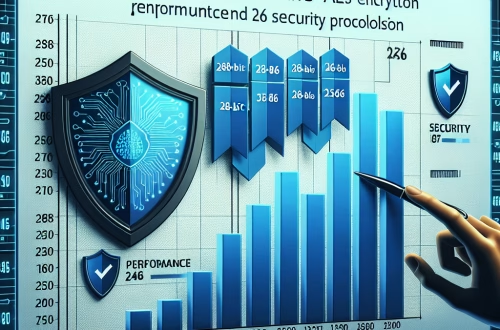Pause BitLocker During Windows Updates Explained:
Pause BitLocker During Windows Updates is a feature in Windows that temporarily suspends BitLocker encryption to facilitate system updates. This is necessary because certain updates, such as firmware or major OS upgrades, require access to unencrypted system partitions. When paused, BitLocker does not encrypt or decrypt data, ensuring the update process is not interrupted. This feature is automatically triggered during specific Windows updates but can also be manually initiated by administrators. While it enhances update efficiency, it temporarily reduces the security of encrypted data.
What This Means for You:
- Immediate Impact: During the pause, your system is temporarily vulnerable to unauthorized access, as the encryption is inactive. This can be a concern in high-security environments.
- Data Accessibility & Security: Ensure sensitive data is backed up before initiating updates, as the pause period exposes it to potential risks. Use additional security measures like strong passwords or multi-factor authentication.
- System Functionality & Recovery: If BitLocker fails to resume after the update, you may need to use the recovery key to regain access to your system. Always keep your recovery key in a secure location.
- Future Outlook & Prevention Warning: Regularly monitor BitLocker status post-updates to ensure encryption resumes correctly. Consider disabling automatic pausing in high-security scenarios.
Pause BitLocker During Windows Updates:
Solution 1: Resetting the TPM
If BitLocker fails to resume after an update, resetting the Trusted Platform Module (TPM) can resolve the issue. The TPM stores encryption keys, and a reset ensures it is properly synchronized with BitLocker. To reset the TPM, open the Command Prompt as an administrator and run the command tpm.msc. Navigate to the “Clear TPM” option and follow the on-screen instructions. After resetting, restart your system and check if BitLocker resumes encryption.
Solution 2: Using the Recovery Key
If BitLocker remains paused or prompts for a recovery key, you can manually resume encryption. First, locate your BitLocker recovery key, which is typically stored in your Microsoft account or a secure file. Open the Command Prompt as an administrator and run the command manage-bde -resume C: (replace “C:” with the appropriate drive letter). This command forces BitLocker to resume encryption. Ensure your system is connected to a power source to avoid interruptions.
Solution 3: Advanced Troubleshooting
For persistent issues, advanced troubleshooting may be required. Use the BitLocker Drive Encryption tool by typing manage-bde in the Command Prompt. Check the status of BitLocker with manage-bde -status. If encryption is still paused, use manage-bde -protectors -enable C: to re-enable protection. Additionally, ensure your system’s BIOS/UEFI firmware is up to date, as outdated firmware can interfere with BitLocker functionality.
Solution 4: Data Recovery Options
In rare cases where BitLocker fails to resume and data becomes inaccessible, data recovery tools can help. Use tools like Windows Recovery Environment (WinRE) or third-party software to recover data from the encrypted drive. Boot into WinRE by restarting your system and pressing F8 or Shift + F8. Select “Troubleshoot” > “Advanced options” > “Command Prompt” and use the manage-bde commands to attempt recovery. Always back up data before attempting recovery to avoid permanent loss.
People Also Ask About:
- Can I disable Pause BitLocker During Windows Updates? Yes, you can disable it via Group Policy or the Registry Editor, but it is not recommended for most users.
- How long does BitLocker stay paused? BitLocker remains paused until the system is restarted or manually resumed.
- What happens if I lose my BitLocker recovery key? Without the recovery key, you cannot access encrypted data, so store it securely.
- Does pausing BitLocker affect performance? No, pausing only suspends encryption and does not impact system performance.
- Can I pause BitLocker manually? Yes, use the Command Prompt or BitLocker settings to pause encryption manually.
Other Resources:
Suggested Protections:
- Regularly back up your BitLocker recovery key to a secure location.
- Monitor BitLocker status after Windows updates to ensure encryption resumes.
- Use strong passwords and multi-factor authentication to enhance security during the pause period.
- Keep your system’s BIOS/UEFI firmware up to date to avoid compatibility issues.
- Consider disabling automatic pausing in high-security environments.
Expert Opinion:
Pause BitLocker During Windows Updates is a critical feature for ensuring smooth system updates, but it introduces a temporary security gap. Administrators must balance the convenience of automatic pausing with the need for robust data protection, especially in sensitive environments. Regularly monitoring BitLocker status and maintaining up-to-date recovery keys are essential practices to mitigate risks.
Related Key Terms:
- BitLocker encryption
- Windows updates
- TPM reset
- Recovery key
- Data security
- System recovery
- Command Prompt
*Featured image sourced by Pixabay.com





